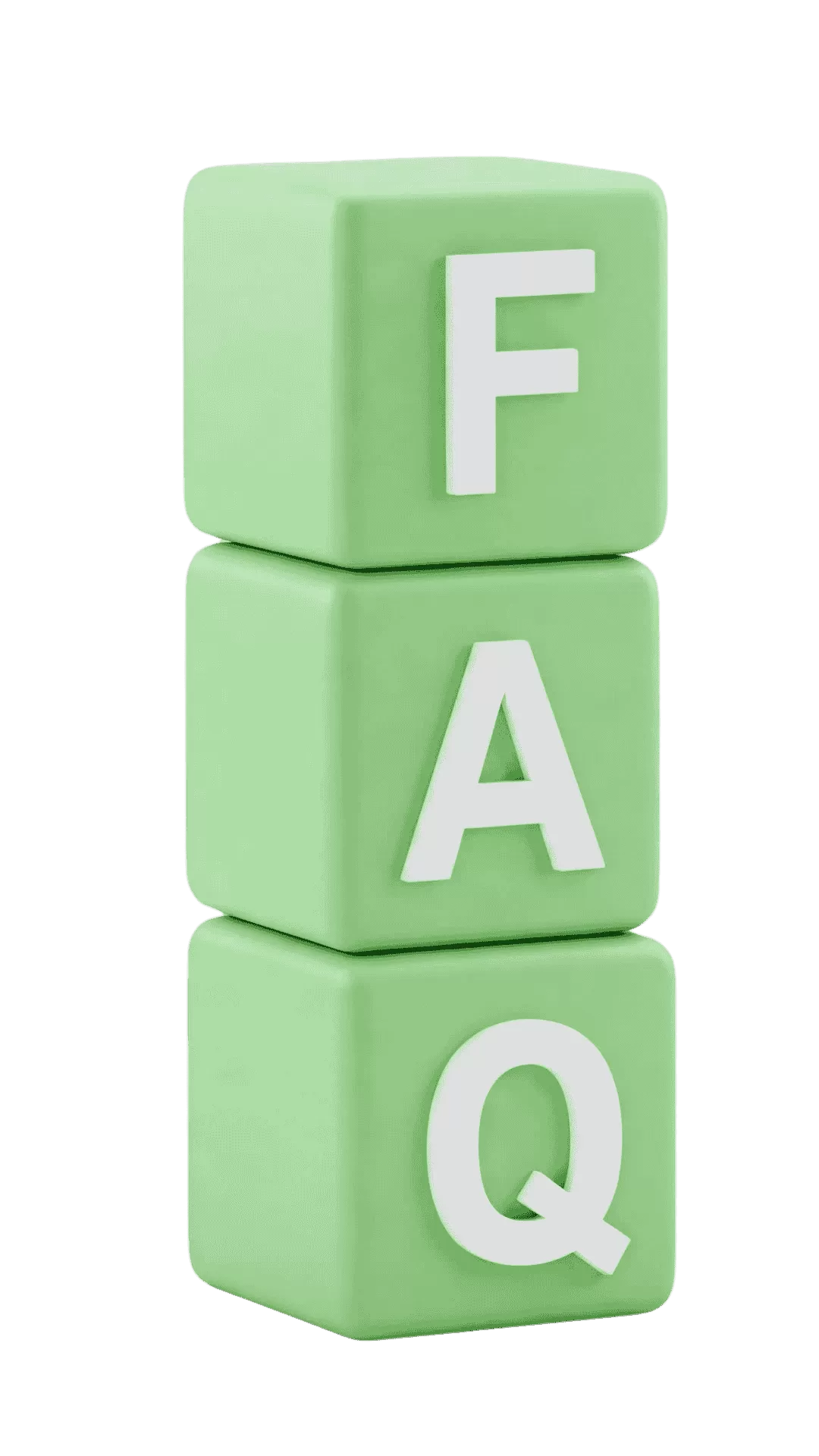1.1: The conventions of a wide range of written textual forms
1.2: The linguistic elements and literary features of texts
1.3: The significance of audience in both the design and reception of texts
1.4: The ways in which genre, purpose and context contribute to the meaning of texts
Knowledge and Understanding
2.1: The conventions of a wide range of written textual forms
2.2: The linguistic elements and literary features of texts
2.3: The significance of audience in both the design and reception of texts
2.4: The ways in which genre, purpose and context contribute to the meaning of texts
Skills and Techniques
2.5: Writing for a specific audience and purpose to fulfil the brief provided
2.6: Producing an appropriate structure for longer pieces of writing
2.7: Organising writing to achieve specific effects
2.8: Structuring paragraphs
2.9: Using a range of appropriate linguistic elements and literary features
2.10: Expressing ideas accurately and clearly at both sentence and word level
2.11: Reflecting upon and evaluating the qualities of their own writing, including aspects relating to its purpose, form and audience
Language Change
3.1: The chronology and essential features of the development of the English language from Early Modern English to Contemporary English
3.2: Concepts and terminology related to language change
3.3: Theories and theorists of language change
3.4: n-gram graphs representing changes in language use over time
3.5: Word tables derived from corpus data
Child Language Acquisition
3.6: The main stages of early development in child language acquisition
3.7: The different functions of children’s language
3.8: Theories and theorists of child language acquisition
3.9: The conventions and features of unscripted conversation and spoken language transcripts
English in the World
4.1: The historical development of English as a "global" language
4.2: Varieties of English
4.3: Relevant ethical considerations
Language and the Self
4.4: Innateness and learning
4.5: The relationship between language and thought
4.6: The relationship between language and social identity
Identify strengths, weaknesses, and needs.
Set academic goals with a clear learning roadmap.
Develop a detailed and structured study plan.
Teachers provide close guidance and adapt flexibly to maximize learning outcomes.
Identify strengths, weaknesses, and needs.

Set academic goals with a clear learning roadmap.

Develop a detailed and structured study plan.

Teachers provide close guidance and adapt flexibly to maximize learning outcomes.

Teaches:
Curriculum:

Teaches:
Curriculum:

Teaches:
Curriculum:

Teaches:
Curriculum:

Teaches:
Curriculum:

Teaches:
Curriculum:

Teaches:
Curriculum:

Teaches:
Curriculum:
| Condition / Feature | Standard | Premium | Platinum |
|---|---|---|---|
| 🌟Target Score Commitment | ❌ | ❌ | ✅ |
| Worksheets and Lesson Notes | ✅ | ✅ | ✅ |
| In-class Exercises and Solutions | ✅ | ✅ | ✅ |
| Extra Homework | ✅ | ✅ | ✅ |
| Exam-style and Past Papers | ✅ | ✅ | ✅ |
| Question Bank | ✅ | ✅ | ✅ |
| Saturday Morning Homework Support | ❌ | ✅ | ✅ |
| Fixed Teacher | ❌ | ✅ | ✅ |
| Support for IA, EE, TOK | ❌ | ✅ | ✅ |
| After-hours Message Response (until 9:30 PM) | ❌ | ✅ | ✅ |
| Initial Teacher & Student Meeting (Welcome Meeting) | ✅ | ✅ | ✅ |
| Teacher & Parent Conference | ❌ | ✅ | ✅ |
| Periodic Academic Reports | ✅ | ✅ | ✅ |
| Teacher's Feedback and Evaluation After Each Class | ✅ | ✅ | ✅ |
| Rescheduling Policy (Notice within working hours) | 24 hours | 12 hours | 06 hours |
| Exam Pass Commitment | ✅ | ✅ | ✅ |
Do not hesitate to contact Intertu


191 Nguyen Van Huong Street, Thao Dien Ward, Thu Duc City, Ho Chi Minh City
info@intertu.edu.vn
Phone : (028) 22426282 Zalo : 0971515265
Liên hệ ngay